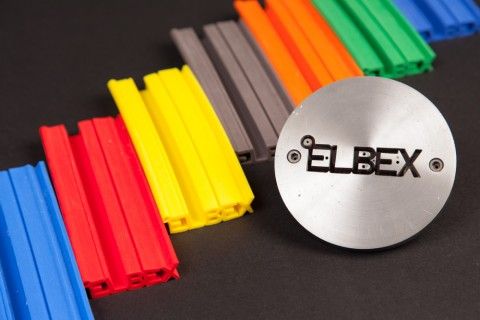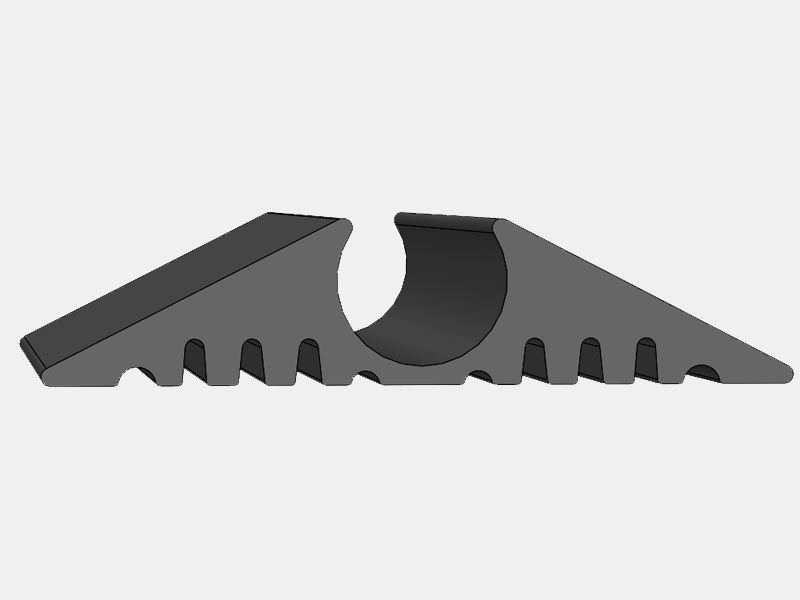Advantages of Using Butyl

There are several types of elastomers which can be used to manufacture rubber extrusions. One of those elastomers is butyl rubber, commonly referred to as butyl.
Butyl Properties
Butyl is a common elastomer that has been in commercial use since the 1940s. The ability for butyl to retain air and its flex properties made it ideal for tire inner tubes as its first major application.
Butyl rubber is heavily resistant to gas and moisture permeation. It is also resistant to oxygenated solvents, alkalis, flexing, and abrasion, making it favorable for certain applications. Butyl rubbers can provide high energy absorption and electrical isolation performance as well.
Butyl is also highly resistant to sunlight, ozone, heat aging, animal and vegetable oils, ammonia, and countless other chemicals. The molecular structure of butyl can even be oriented to resist stress.
Limitations
Elastomers utilizing butyl have their limits, however. Butyl rubber is difficult to handle during manufacturing because it has a tendency to trap air, blister, and creep. The flame resistance is poor and it is not recommended for use with petroleum oils, fluids, or other solvents.
Applications using Butyl
The most common uses for butyl rubber include vacuum seals, inner liners on tires, and inner tubes. Butyl can also be used in hydraulic applications where synthetic fluids are used.
If you feel that butyl may be a viable elastomer for your next project, contact ELBEX today. Our design team can help you decide if this elastomer is right for the job.






